UV protection; how does it work?
I consider the sun my friend. And just like my other friends, I treat the sun with respect and I think I know how to deal with him. Every friend has a gritty side and you have to learn how to cope with that.
The sun also has a gritty side which are UV rays that are harmful to your skin if they are absorbed to a large extent. A too intense friendship with the sun can therefore lead to a sunburn, skin ageing and skin diseases. But should we therefore avoid the sun? Should we live like a vampire? No. Surely we don't ban our friends from our lives when their evil sides show up. Instead, we learn how to deal with it.
That's why we also have to learn how to deal with the sun and learn more about UV protection. That's why I wrote this blog, in which I answer the following questions:
- What is the maximum UV protection?
- What are the benefits of UV clothing?
- How does UV protective clothing work?
- Who needs extra UV protection?
1: What is maximum UV protection?
You can only get maximum UV protection if you wear UV clothing and apply sunscreen to your uncovered parts. For maximum UV protection, your head, face, eyes, skin, hands and feet need to be protected.
- Protect your head and face with a good hat or cap
When we think about UV protection, we mainly think of a UV shirt. We forget that our heads and faces are exposed to the sun mostly uncovered. According to dermatologists, skin cancer develops primarily on body parts such as neck, face and head. We often forget to protect our heads against UV radiation. Careful parents often think of a UV sun hat for babies but leave their own heads unprotected. While a UV sun hat for ladies ans a UV sun hat for men is actually the beginning of maximum UV protection.
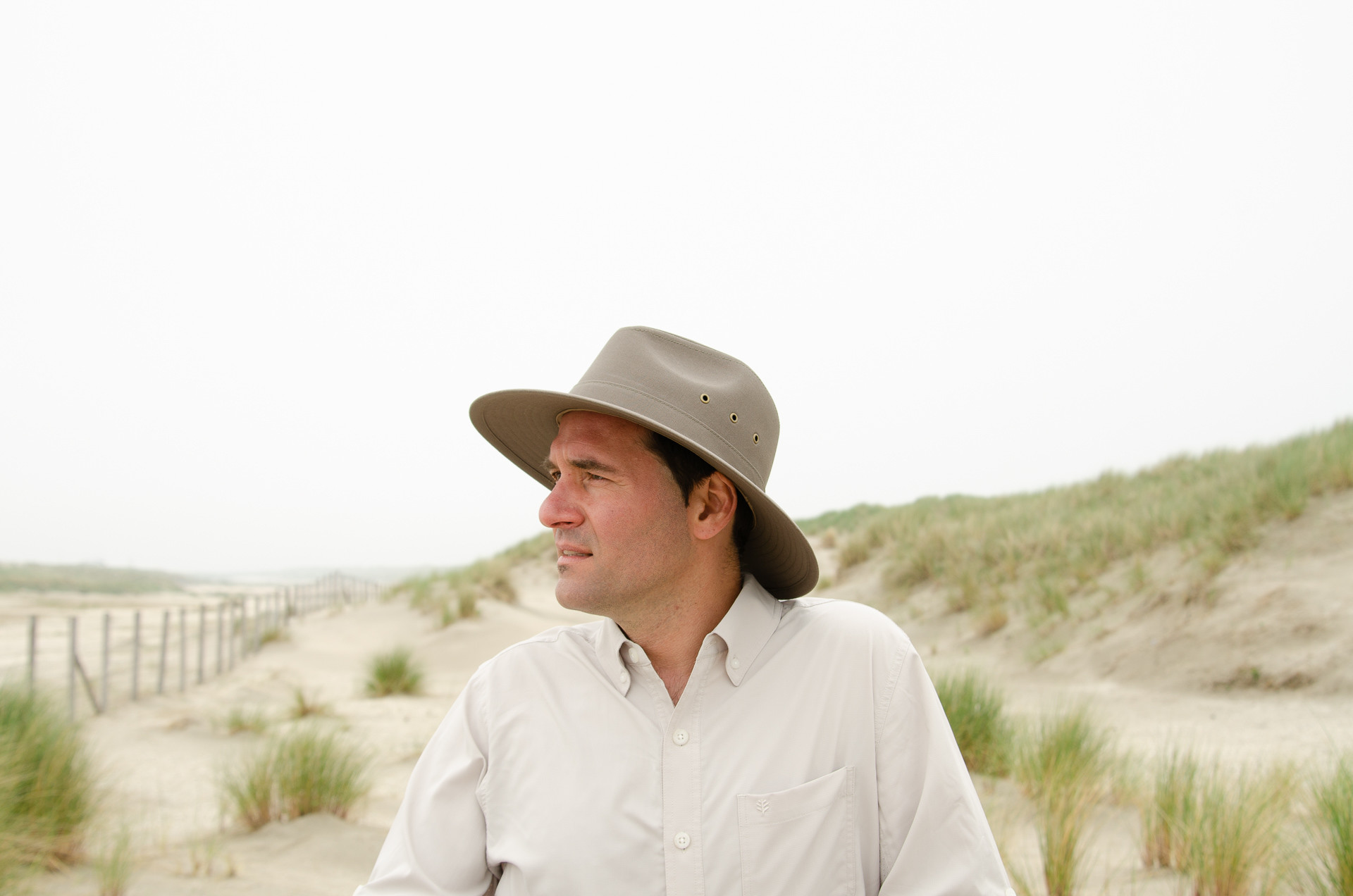
- Protect your eyes with UV glasses
We now know that UV rays can be harmful to the skin, but what many people forget is that UV rays can also cause damage to the eyes. For example, exposure to excessive UV radiation can lead to cataracts and other retinal disorders. Therefore, be sure to purchase high quality UV sunglasses. Make sure, for example, that the sunglasses give 100% UV protection (or UV 4000) which is often found on a sticker, that the glasses have a CE mark (CE 3 or 4) and that the UV lenses are large enough to completely shield your eyes, both from the top, the bottom and sides.
- Wear a UV shirt
‘O do I feel like getting sunburnt? Then I'll just put on a t-shirt', is what I always thought. I was very surprised when I later found out that I got a sunburn while taking a shower. How could this have happened? Well, I figured out. A normal shirt doesn't offer enough protection in the bright sun. We can just get a sunburn through our shirt!
For comparison: a dry, white cotton T-shirt offers protection between SPF8 and SPF 12, while a UV shirt offers protection of SPF50+! In addition, an ordinary T-shirt offers even less protection against harmful UVA rays, whereas a UV shirt stops 98% of all UV rays! That's why we believe that everyone in the Netherlands should have at least 1 special UV protective shirt for the beach. So replace your regular T-shirt with a UV shirt for maximum UV protection!
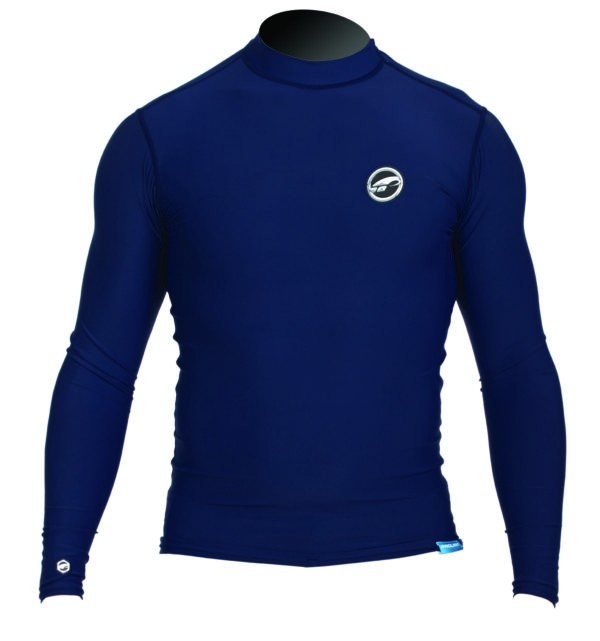
- Protect your legs with UV pants and shorts
We all want tanned legs, especially women, but we also need to protect our legs from the sun. A normal pair of trousers or a dress is not enough. For optimal UV protection you need UV pants or UV shorts. Of course, we do have several trendy UV beach dresses. Yes ladies, we got you covered.
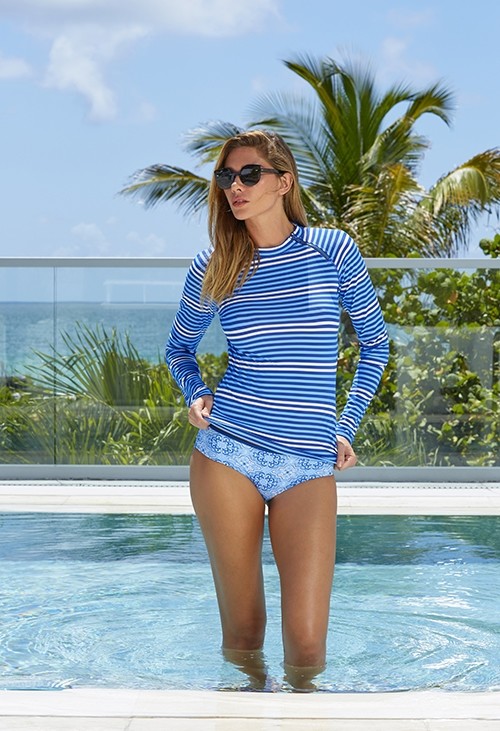
- Protect your hands and feet
Hands and feet are often forgotten when applying sunscreen. I still remember the times when my hands and feet got sunburnt and that I discovered another weird red spot on my hands. Very annoying because it is difficult to avoid the sun with your hands. UV gloves are the solution to protect your hands against harmful UV rays. Getting your feet sunburnt is also quite annoying. Putting on socks is in that case more like rubbing your skin with sandpaper. UV water shoes are a good way to prevent your feet from getting sunburnt.
- Apply the right sunscreen on uncovered body parts
Of course, we can't always protect all body parts against the sun, and we don't all want to wear a (UV protective) burka. That's why we recommend applying sunscreen with at least SPF30 on uncovered and unprotected body parts. Would you like to know more about sunscreen and what the best SPF and sunscreen for your skin is? Then read my other blog about applying sunscreen.
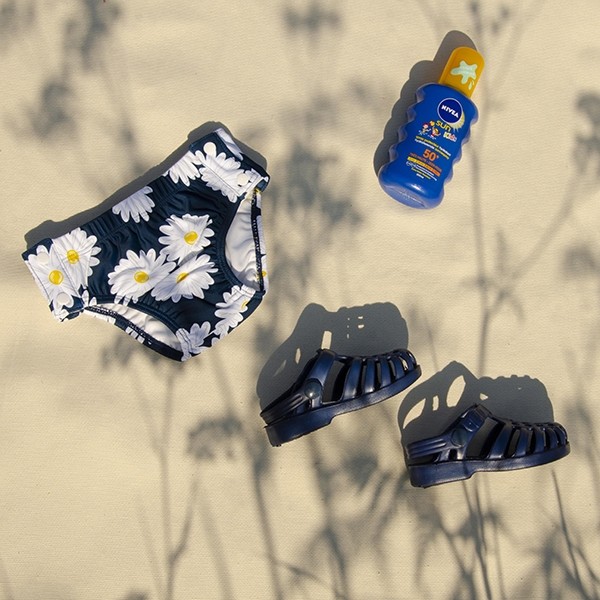
2: What are the benefits of UV clothing?
The benefits of UV clothing at a glance:
- Offers constant protection against the sun
- Protects against both UVA and UVB rays
- Does not lose its function
- Offers Sun Protection Factor 50+
- Breathes so you stay cool in the sun
Sunscreen can't compete whit that. In adition, sunscreen mainly protects against UVB rays and not (enough) against UVA rays. UV protective clothing protects against both UVA and UVB rays.
3: How does UV protective clothing work?
UV clothing is made of fibres such as cotton, nylon or polyester. By themselves, these fibres offer a natural UV protection because they block UV rays. However, the denser the fabrics are woven, the better they block harmful UV rays. For example, various fabrics are woven as dense as possible and are extensively tested for UV exposure. They also have to be light, breathable, stretchy, waterproof and have to dry quickly. Water doesn't affect these UV resistant fabrics. The UV resistant fabrics of UV-Fashions are comfortable to wear and also look trendy! So you are stylish and protected against UV rays!
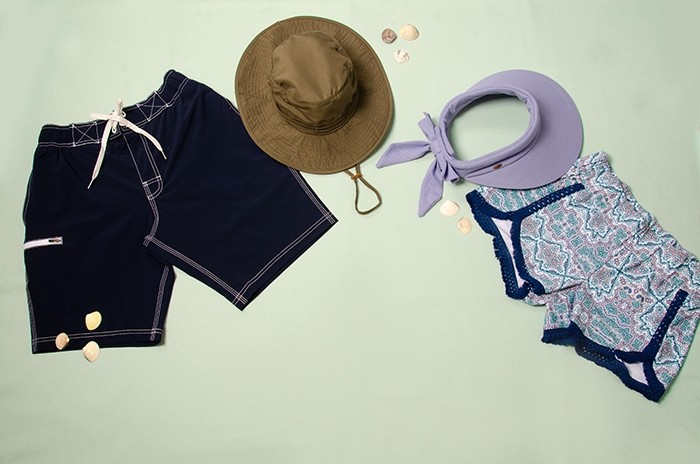
4: Who needs extra UV protection?
People who need extra UV protection are:
- Children up to 16 years of age
- People with light skin type
- People with sun allergy
- People with skin condition such as::
- Vitiligo
- Lupus
- Skin cancer
- Psoriasis
- People taking medicines that can cause an oversensitive skin
- Chemotherapy patients
For this group of people, it is especially important to wear UV protective clothing and to choose maximum UV protection.
I hope that after reading my blog you became a little wiser about the (harmful) effects of the sun. Want to read more about sunbathing? Read more about it:
- Applying sunscreen
- Sunburnt
- UV radiation
By sharing information through my blogs, I hope everyone can enjoy a long-lasting friendship with the sun.




